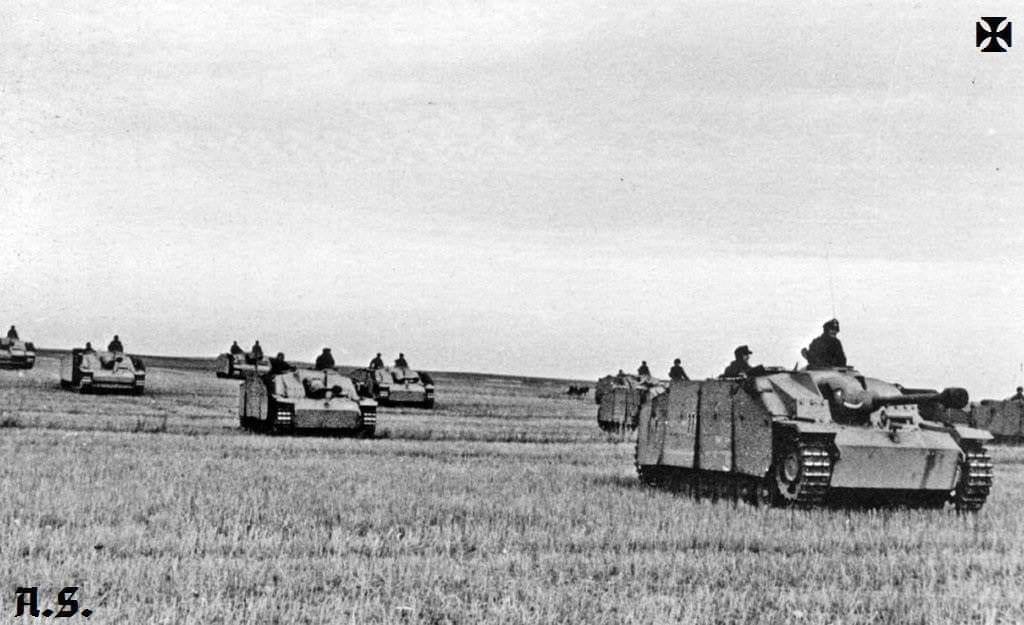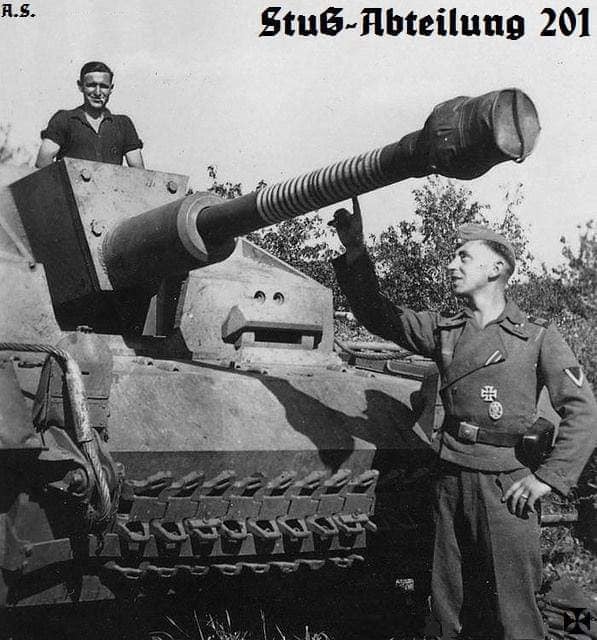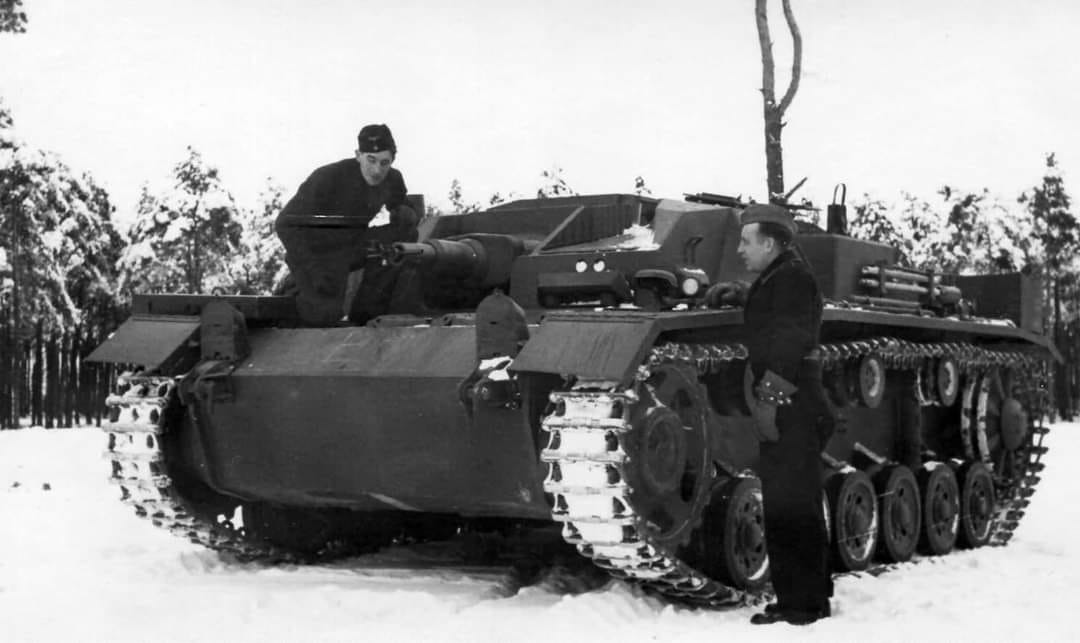StuG Life

Origin and Early Development
The idea for the StuG originated from Manstein in 1935, the development of the vehicle started in 1936, and the first StuGs were deployed in 1940. The concept was for a self-propelled assault gun—an offensive weapon that could follow the infantry to the frontline and support infantrymen by engaging hard targets with its low-velocity short-barreled 75mm gun. The vehicle quickly gained the infantrymen’s affection as it turned out to be very effective in its role.

Adaptation and Evolution
From 1941 onward, with the onset of the Russian campaign, the focus shifted to creating a cheap and reliable vehicle that could be produced quickly and engage the Russian T-34 and KV-1 tanks. The Pz III with its 50mm gun and the Pz IV with its low-velocity 75mm gun could not destroy these enemy tanks easily. The solution was to equip the StuG with the PaK 40 high-velocity 75mm gun. Once again, the StuG excelled. As the war dragged on and the campaign took a defensive turn for the Germans, the StuG transitioned from an assault gun into one of the highest-scoring tank killers of WWII.
Production and Legacy
Built on the chassis of both the Pz III and Pz IV, over 10,000 StuGs were produced throughout the war. It was neither the most powerful nor the best-armored Tank Destroyer of WWII, but it was cheap, reliable, easy to conceal on a battlefield thanks to its low profile, and highly efficient.

-RBM










